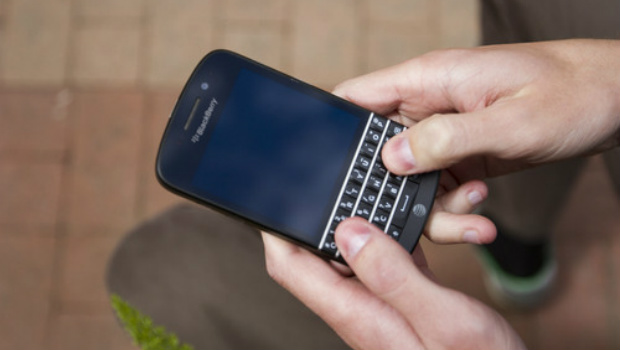 Of the many reactions to the launch of the iPhone in January 2007 two stood out for me: The first was an interview where Steve Ballmer dismissed the smartphone for its $500 price point and the lack of physical keyboard making it “not a very good e-mail machine” for business users. In the same interview he talked up the Motorola Q as an affordable alternative, at the time retailing for $99. He was also very positive about the Zune’s prospects.
Of the many reactions to the launch of the iPhone in January 2007 two stood out for me: The first was an interview where Steve Ballmer dismissed the smartphone for its $500 price point and the lack of physical keyboard making it “not a very good e-mail machine” for business users. In the same interview he talked up the Motorola Q as an affordable alternative, at the time retailing for $99. He was also very positive about the Zune’s prospects.
The second comes from the offices of BlackBerry creator Research in Motion, where co-CEOs Mike Laziridis and Kim Balsillie mulled over how AT&T could be sure the always connected iPhone wouldn’t clog up their network. They couldn’t figure out how a network would throw its weight behind a product with poor battery life and, again, the lack of a physical keyboard. According to Balsillie they decided “it wasn’t a threat to RIM’s core business”. After all, what would a person want a connected device for other than a secure mail and messaging service?
Fast forward 10 years and the ‘bring your own device’ trend has introduced the iPhone to enterprise by popular demand, Windows Phone commands a paltry 3% global market share and, now, BlackBerry is saying goodbye to its last device based on its iconic keypad-centric design: The BlackBerry Classic.
In a post on the official BlackBerry blog this week, chief operating officer and general manager for devices Ralph Pini eulogised the Classic as an iconic business device but one that had run its course.
“For many years, Classic (and its BlackBerry Operating System predecessors) has been in our portfolio. It has been an incredible workhorse device for customers, exceeding all expectations,” Pini wrote.
“But, the Classic has long surpassed the average lifespan for a smartphone in today’s market. We are ready for this change so we can give our customers something better – entrenched in our legacy in security and pedigree in making the most productive smartphones.”
You shouldn’t be too despondent. BBOS users will still get software updates at least 2017 and BlackBerry Messenger is still regarded as a safe and secure platform with plenty to offer business and consumers. The end of the keyboard-centric design, though, represents more than the end of a product line, it’s the end of a philosophy and a sign of what people use their smartphones for.
Users engage with more video than text online and that requires bigger screens with flexible interfaces. The arrival of livestreaming apps like Periscope, shortform video blogging service Vine and video calling perennials Skype and Facetime mean the keypad is just one of a suite inputs, of which the camera is king. The language of the smartphone is visual, not textual.
Discontinuing the BlackBerry Classic won’t solve any of the company’s problems over the longer term. BlackBerry still has an array of smartphones on the market and there is plenty of life after its failed attempt to conquer the consumer space. I’m looking forward to seeing how the Priv and its Android handsets try to balance function with fashion, or is the future a matter of going back to that “core business” where security holds massive appeal to IT departments and people have much more important things to be getting on with than messaging over Snapchat. We’ll see.







Subscribers 0
Fans 0
Followers 0
Followers